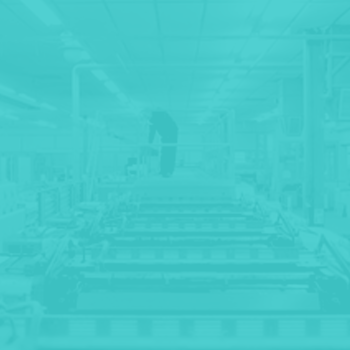
Why Print Collateral Will Always Have A Place In Marketing
Antiquated. Outdated. Unnecessary. Ask an inbound-only marketer about print collateral, and these are the words you might hear in response.
Meanwhile, marketers who see the big picture are using creative, conceptual leave-behinds to put a bow on their brand experience and make a tangible impression. With digital becoming the more prevalent marketing medium, there are moments when a high-touch piece of print collateral can make a surprisingly profound impact. Why?
Print Is Primal
People appreciate print collateral for the same reason they use handouts and take handwritten notes in meetings. Paper is ingrained in humanity, dating back to the earliest civilizations that used woven papyrus as a writing surface.
When creating brochures, mailers and other print marketing materials, graphic designers will often talk about creating collateral that “feels important.” Seeing a brochure on a screen doesn’t deliver the same tactile fulfilment as holding that very same brochure in your hand. We see millions of things on our screens each day and the digital overload dilutes the sense of importance in even the most memorable design.
We’re Not Talking About Folders And Sell Sheets
Before we go any further, let’s make one thing clear: As we pump up the marketing value of printed materials, we’re referring only to those that are unique, thoughtful and creative. A static folder with a few sell sheets does not qualify as impactful collateral. If you’re going to invest in print, make it amazing. Think sizes, shapes, finishes and other fine details that will make your piece more valuable than the paper it is printed on. Consumer packaging can serve as a great source of inspiration.
The Impact Is Longer Lasting
Print collateral builds and strengthens relationships. It shows that you have gone out of your way to spend time and money on something that you plan to give away for free. We call it a “leave-behind” because it is meant to extend your presence. After your meeting with a prospect is over and you leave them to make a buying decision, a leave-behind subtly reinforces your brand by keeping you “top of mind” in the same vein as email or social media marketing — only your content is actually on their desk where they work every day instead of buried in their inbox or social feed.
Post written by: Adam Wagner
Chief strategy officer and partner at Raindrop. We believe in the power of human connections and helping clients build relationships.
Source: Forbes




